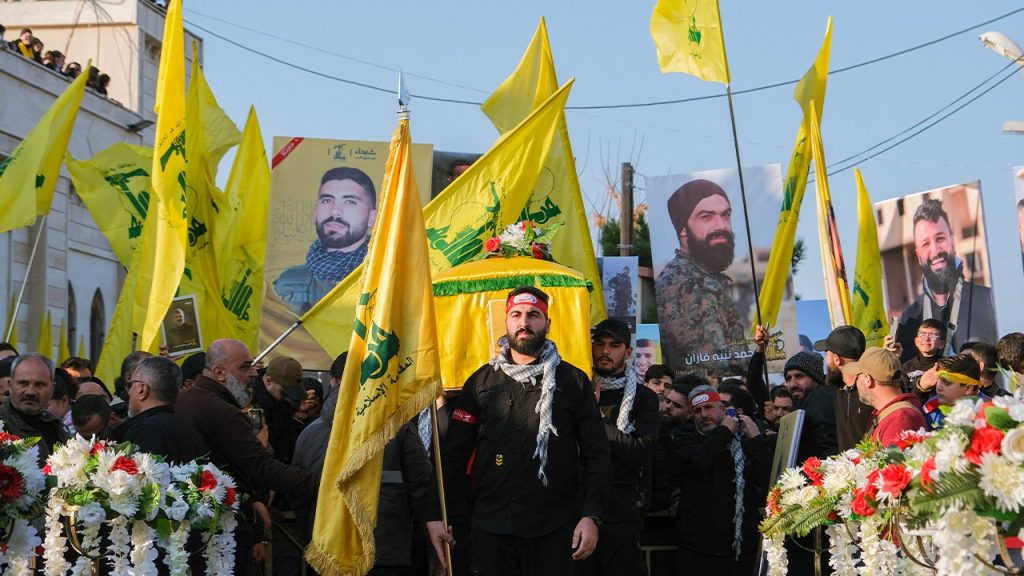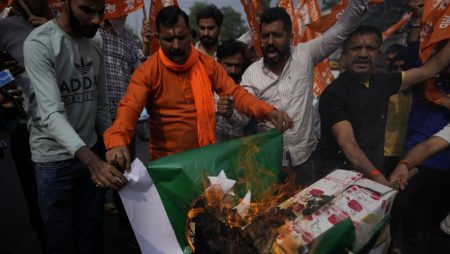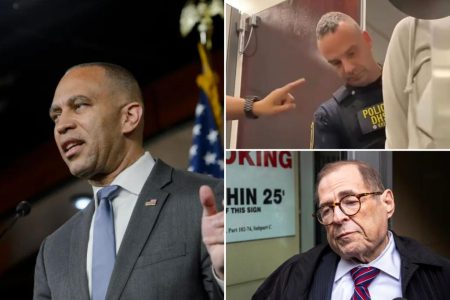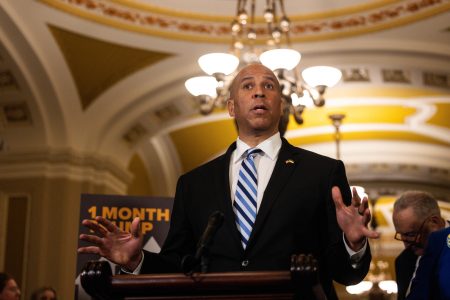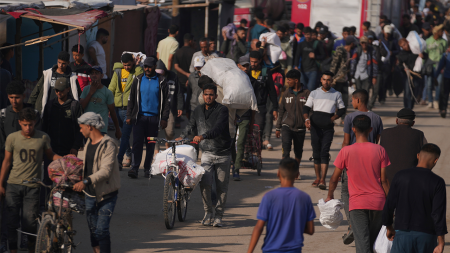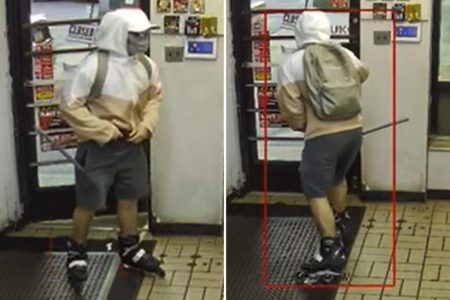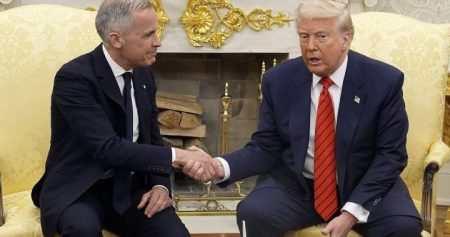The Israel Defense Forces (IDF) confirmed its intention to maintain a military presence in southern Lebanon beyond the initial 60-day truce deadline, citing unfulfilled conditions of the ceasefire agreement. The truce, brokered in November following Israel’s incursion into Lebanon to target Hezbollah, stipulated a phased withdrawal of Israeli troops, contingent upon the removal of Hezbollah militants and weaponry from the southern region, alongside the deployment of Lebanese and UN forces. Israel argues that these prerequisites haven’t been adequately met, justifying the continued deployment. This decision has sparked concern and calls for action from Hezbollah and the international community involved in brokering the ceasefire.
The Israeli government, echoing the IDF’s stance, emphasized that the withdrawal of forces is conditional upon security guarantees from Hezbollah and the Lebanese government, prioritizing the safety of its citizens. The United States expressed support for Israel’s decision, acknowledging the shared objective of preventing Hezbollah from posing a threat to the Lebanese populace and neighboring countries. The White House advocated for a short-term extension of the ceasefire to facilitate the complete fulfillment of the agreement’s terms, emphasizing the need for Hezbollah’s disarmament and the deployment of Lebanese and UN forces in the south.
Hezbollah, in response, urged the Lebanese government and international mediators, including the US and France, to ensure the full implementation of the withdrawal agreement, emphasizing the return of displaced Lebanese citizens to their homes. The group called for swift action to prevent any pretext for prolonging the Israeli presence in Lebanon. This underscores the complex dynamics at play, with Hezbollah seeking a complete Israeli withdrawal while Israel insists on security guarantees before fully withdrawing its forces.
The initial fighting, triggered by Israel’s October incursion into Lebanon, followed a period of escalating tensions and missile exchanges with Hezbollah, stemming from the aftermath of the Hamas attacks in October 2023. This incursion led to the displacement of over 1.2 million people in Lebanon, highlighting the humanitarian consequences of the conflict. While acknowledging some progress in the deployment of Lebanese and UN forces in the region previously held by Hezbollah, Israeli officials maintain that the pace of implementation has been insufficient, justifying their decision to retain a military presence.
Reports suggest that Israel sought a 30-day extension from the United States to complete the troop withdrawal. This proposed extension underscores the ongoing negotiations and the challenges in achieving a full and lasting resolution. The involvement of the US as a mediator highlights the international dimension of the conflict and the need for diplomatic efforts to achieve a stable outcome.
The situation in southern Lebanon remains fluid, with the IDF’s decision to maintain a military presence prompting calls for continued international engagement to ensure the full implementation of the ceasefire agreement. The displacement of a significant portion of the Lebanese population underscores the urgency of finding a lasting solution that addresses both security concerns and humanitarian needs. The delicate balance between ensuring Israel’s security and respecting Lebanon’s sovereignty requires careful negotiation and cooperation among all parties involved. The possibility of a ceasefire extension provides a window for further diplomatic efforts, but the ultimate success hinges on the willingness of all sides to uphold their commitments and work towards a peaceful resolution.




